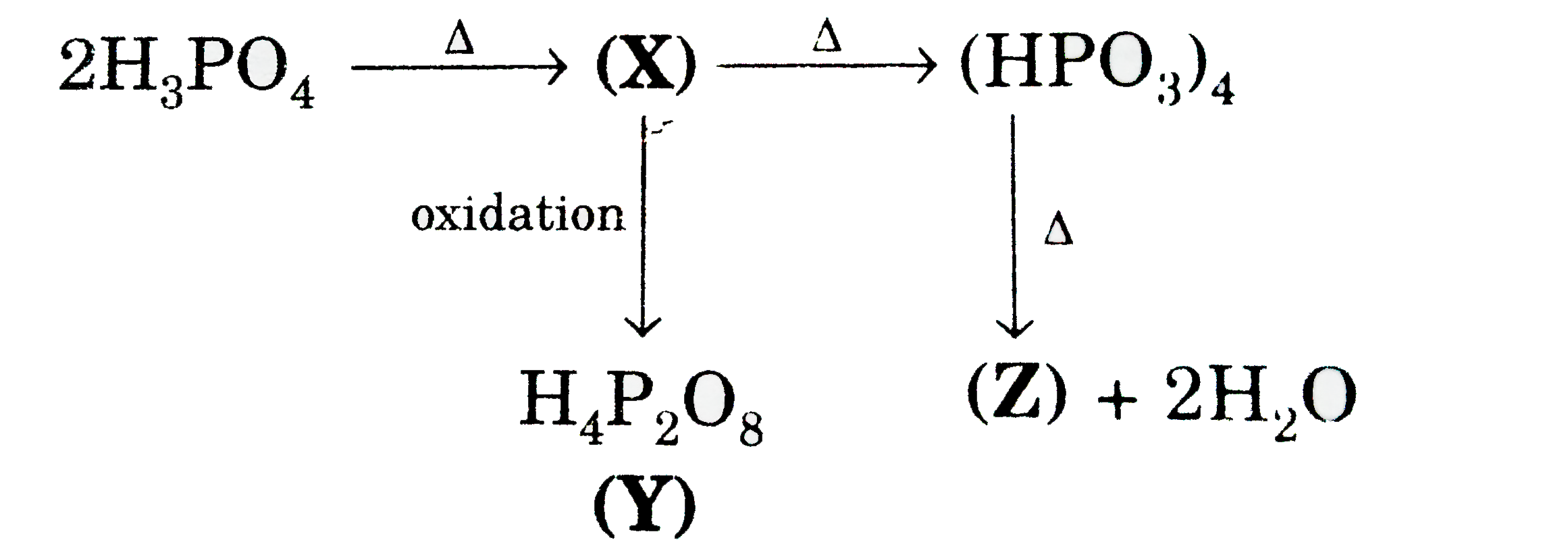Complete Solutions to Comprehension-3 of chapter P BLOCK ELEMENTS of Class 12 book with complete answers and questions
| Class 12 | CHEMISTRY |
| Chapter | P BLOCK ELEMENTS |
| GRB PUBLICATION | Comprehension-3 |
| Number Of Questions | 2 |
| Academic Year | 2023-24 |
The oxides of Cl, Br and I are well known. They have various composition. The oxides are thermally unstable and dangerously explosive. They react with alkali. The bromine oxides are thermally more stable than chlorine oxides. The structure of halogen oxides is explained on the basis of VSEPR theory.
The hydrides of chlorine, bromine and iodine can be made by direct synthesis an they are well strongly fuming become increasingly more powerful reducing agents. Halogens also form oxoacids of the form `HOX,HXO_(2) ,HXO_(3) " and " HXO_(4)` The acidic character of oxoacids and halogen oxides decreases from 'Cl' to 'I', however it increases with increase in oxidation number of halogen in them.
Which of the following does not dimerise?
View SolutionConsider the following sequence of reactions :

Maximum number of `P-O` bonds having equal bond length in (Y) is:
View Solution
Comprehension-3 questions and complete solutions for chapter P BLOCK ELEMENTS of GRB CHEMISTRY (HINGLISH) of Class 12
All Exercises from GRB PUBLICATION Class 12 CHEMISTRY P BLOCK ELEMENTS
- Comprehension -10
- Comprehension -14
- Comprehension -15
- Comprehension -5
- Comprehension -6
- Comprehension -9
- Comprehension Type comprehension -1
- Comprehension Type comprehension -2
- Comprehension Type comprehension -3
- Comprehension-10
- Comprehension-11
- Comprehension-12
- Comprehension-13
- Comprehension-14
- Comprehension-15
- Comprehension-16
- Comprehension-17
- Comprehension-18
- Comprehension-2
- Comprehension-3
- Comprehension-4
- Comprehension-5
- Comprehension-6
- Comprehension-7
- Comprehension-8
- Comprehension-9
- Match the Column Type
- Multiple Objective Type
- Reasoning Type
- Straight objective Type
- Subjectice Type